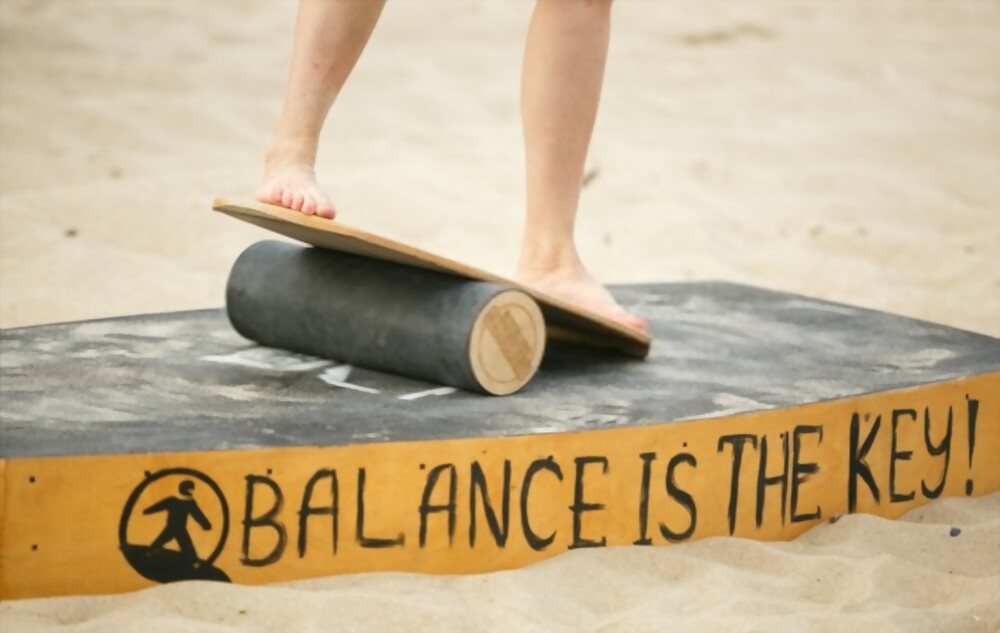What is balance?
The ability to maintain their line of gravity within their base of support (BOS), refers to as balance or also the ability to maintain equilibrium. balance exercise is one of the exercise which help reduce risk of falls, especially in elderly.
Types of balance-
balance can be classified in to :
- Static Balance: it is the ability to maintain the body in some fixed posture.
- Dynamic Balance: Dynamic balance is the ability to maintain postural stability and orientation with centre of mass over the base of support while the body parts are moving.
Why do we need to perform balance exercises?
- Prevention of falls
- Improve posture
- Increase strength
- Improve standing balance
- Improves dynamic trunk control
- Improve fall-related self-efficacy,
- reduces fear of falling
- increased walking speed
- Improves physical function
Conditions which need balance exercises-
- Elderly population
- Conditions involving neuromuscular system such as stroke, parkinsonism, multiple sclerosis
- Cancer rehab
- Overweight and obesity
- Back pain
How much to exercise?
It is preferable for older adults and those at risk of falls should do balance training 3 or more days a week.
Exercises and Implementation
- Older adults be exposed to a program that includes flexibility and balance exercises.
- This should be incorporated to 2–3 sessions each week, for periods of at least 8 weeks.
- Introduce the exercises gradually, and progress slowly allowing to ensure safety.
- Allow for gradual and safe exposure to new equipments.
What exercises can be done?
- Static vs. dynamic stability postures
- Changes in the base of support
- Different standing surfaces.
Examples of balance exercises include:
- Stand and put weight on one leg and raise the other leg to the side.
- Put your heel right in front of your toe
- Stand up and sit down from a chair without using hands
- Walk and then perform alternating knee lifts with each step
- Tai chi
- Yoga
- Flexibility exercises
- Use of balance bosu boards
Progressing exercises-
- Over time, you can make these exercises difficult and progress them by:
- Hold the position for a longer duration
- Remove support
- Closing eyes
Conclusion-
Balance exercises are thus essential in reducing risk of fall, thus minimising morbidities and risk of fractures in elderly. It also helps improving proprioception and maintain flexibility and help engage in exercise activities. Thus it should be implemented for the elderly.
Also read- https://vcurehealthcare.com/know-how-to-exercise-for-a-healthy-pelvic-floor/





